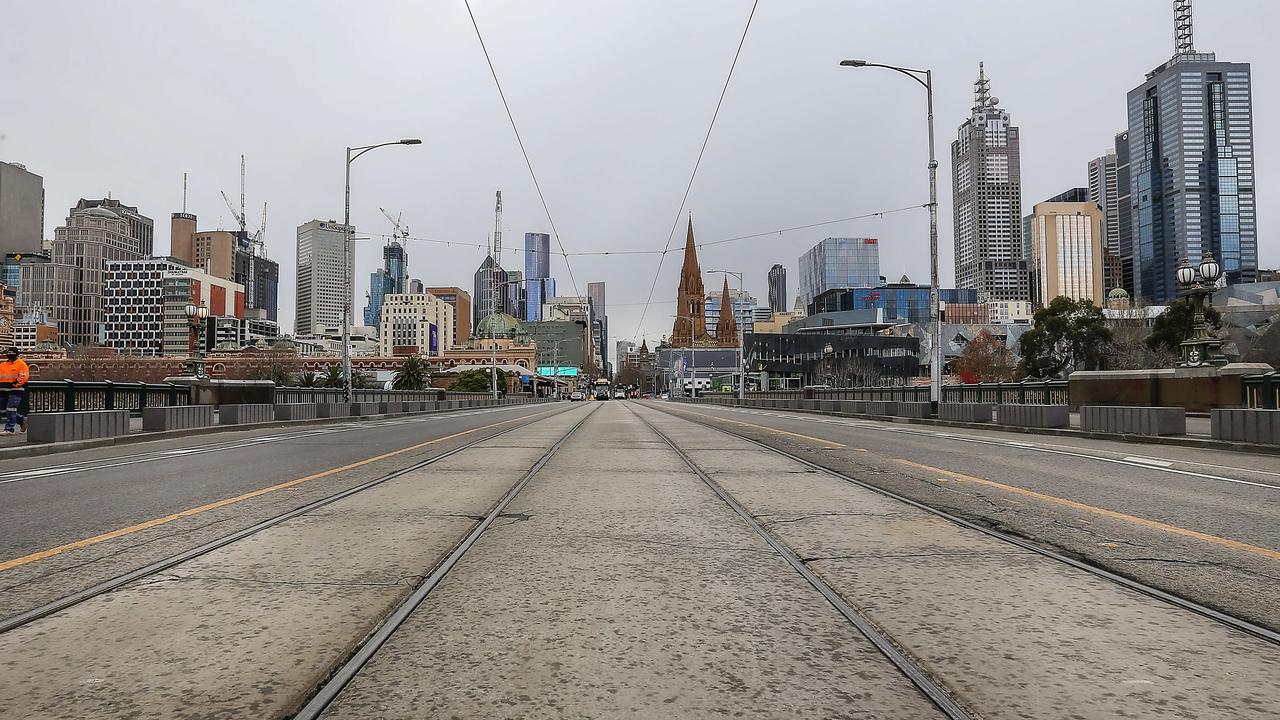Victorian bushfires: Households in fire risk areas need a plan
VICTORIA is one of the most fire prone areas in the world. With more days of catastrophic fire danger across Australia, it’s vital we all have a plan, writes Graham Dwyer.
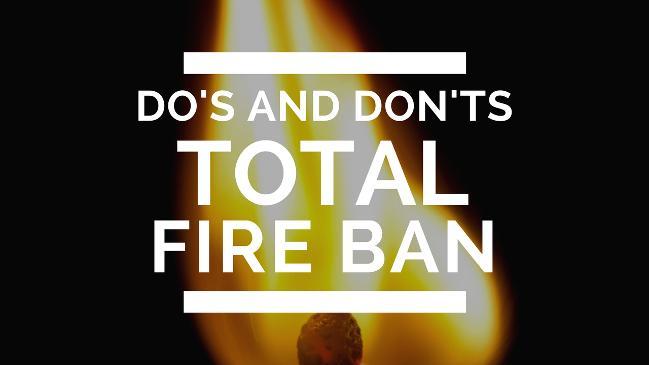
Opinion
Don't miss out on the headlines from Opinion. Followed categories will be added to My News.
EXPERTS say there will be more days of catastrophic fire danger across Australia; so much so that government, communities and emergency services are concerned about our ability to cope because bushfires more complex, unpredictable and harmful than ever.
So, how are we preparing for this? The good news is that learning from previous bushfires has led to significant innovation in how we deal with them.
The protection of human life is the cornerstone of Victoria’s bushfire safety policy and that is reflected in the way emergency services and communities adopt new ways of working together — the conduct of planned burning, predicting weather, modelling fire behaviour or delivering warnings and information.
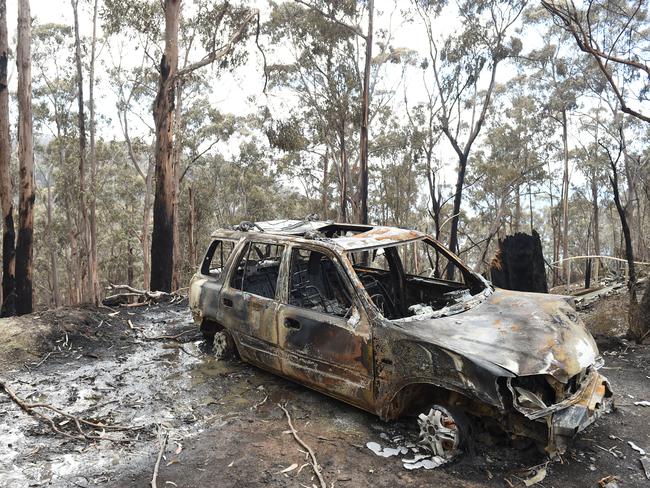
Consequently, we are now better equipped for bushfires. Events surrounding the Wye River-Jamieson Track Fire in 2015 showed that emergency services and communities are forging new partnerships focused on saving lives.
Yes, the Wye River bushfire left part of our landscape devastated. Yes, it was extremely disappointing that we lost 116 homes and yes, the fires caused major damage to infrastructure and businesses. But unlike Black Saturday, there was no loss of life when danger unfolded between 19 and 25 December 2015.
Fire crews took decisive action to back burn before Christmas which helped manage the blaze and prevent further losses. And communities affected by the fire were continually informed, by emergency services through the Incident Management Team of the fire risk, the changing fire control strategy and the likelihood of an evacuation.
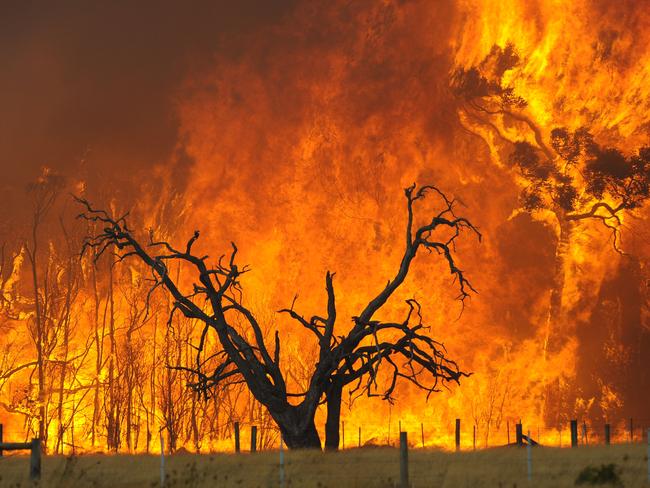
Those actions became crucial when the fire broke containment lines because the emergency services and communities worked together when the need to evacuate arose on Christmas Day. Lives were saved because communities and emergency services worked as one.
But we should never be complacent. It is wrong to believe we can always prevent bushfires.
Victoria is one of the most fire prone areas in the world, which means that preventing bushfires is a very risky business — as recently shown when a planned burn escaped at Lancefield and became a bushfire which destroyed several homes.
We also must be careful about where we develop land for housing in case we put residents in harm’s way.
Victoria’s land continues to be developed and occupied even when bushfire risk is known to be high. We can’t expect growth area suburbs not to be affected by bushfires and people who choose to live in those areas must know the risks. Not knowing is no excuse. Ever closer partnership between emergency services and communities is the answer.
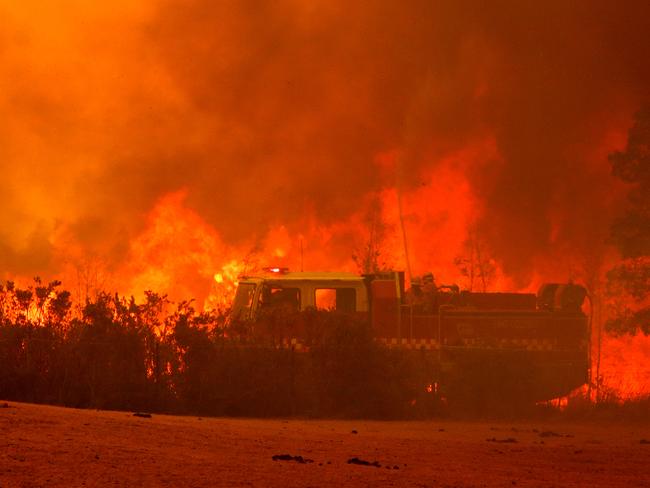
Households in risk areas should have a plan and know what they are going to do on a day of high fire danger and follow that plan. Waiting to see what happens is too dangerous.
Families, friends and local emergency services need to have the conversation long before a fire arrives and figure out whether they will stay and defend or leave early.
We need to continue to learn that to implementing Victoria’s bushfire safety policy is a shared responsibility. Mistakes will be made but they provide important lessons in planning for the future. Learning enables money, time and energy to be spent on improving the practice of emergency management where it matters most — protecting lives.
If we adopt anything less than a shared approach, we condemn ourselves to the mistakes of the past.
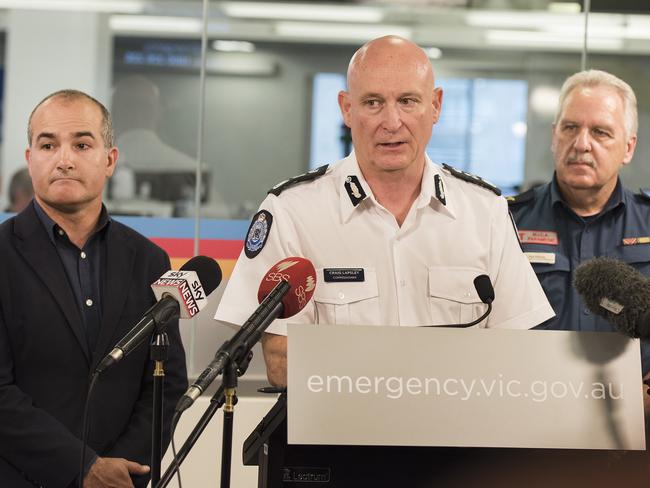
Of greater concern is that limiting our approach to emergency management will lock us into a culture of blame and scapegoating which will prevent us from learning.
It is inevitable another major bushfire will occur in Victoria, perhaps even this summer, but let us hope that emergency services and communities continue to work together.
And while partnerships do seem to be robust between both parties, we need to be clear that there is no excuse for not having a plan. We all must be active participants in keeping everyone safe — and alive.
— Dr Graham Dwyer is a postdoctoral research fellow at the University of Melbourne and Bushfire & Natural Hazards Cooperative Research Centre.


